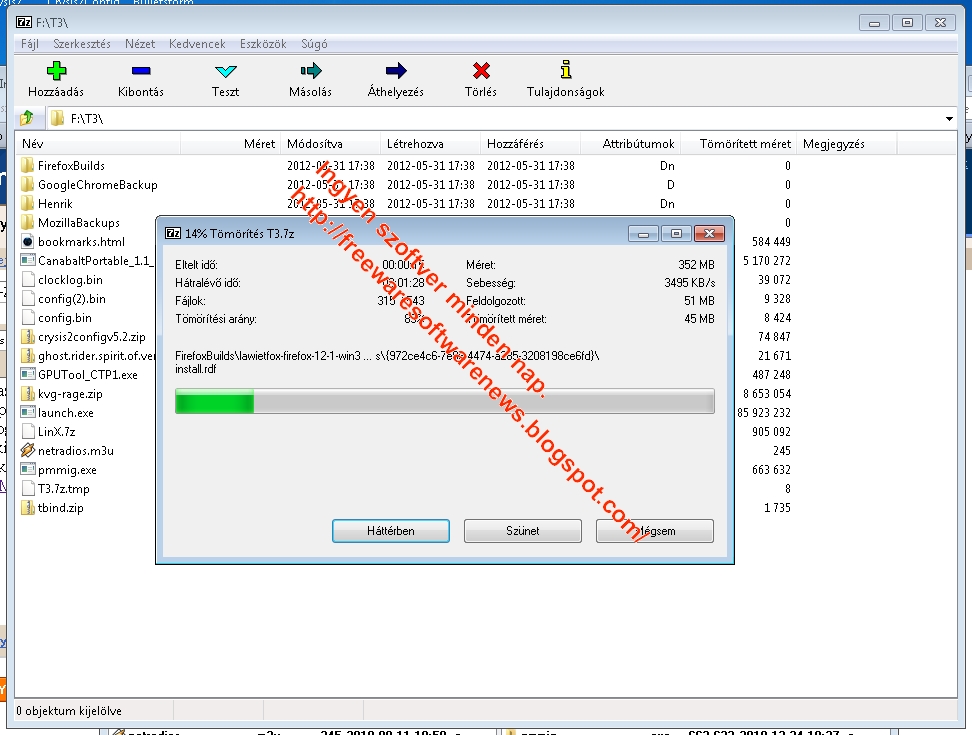Convert Install.wim To Vhd
• • • • RT @: Join TrueSec and world class OS deployment experts @, @, @, @, @, @ • RT @: @ @ @ We support over 50 models with total control method as laid out by you and @. • RT @: Great opportunity for our European friends. There's still time to sign up for Geek Week-Advanced Operating System Deploymen • RT @: This is going to be epic!


Mega Geek Week 2018 with TrueSec experts @, @, @, and @ • RT @: @ @ @ @ @ @ @ @ @ @ C: $W • Enter your email address to follow this blog and receive notifications of new posts by email. Join 9,789 other followers •. In my line of work, automation is important, since time is the only thing I don’t have. Many years ago I created the WIM2VHD script and that was ok, so when R2 came out I needed to update it to support UEFI. That was easier said then done. The problem is that the UEFI boot process requires fat32, GPT and a bunch of partitions and when using PowerShell to create them the OS will immediately start protecting them after creation which makes it impossible to copy files to the boot partition since it is “protected”, but since I’m a very creative person I found the solution in diskpart.
(read about it further down) Mounting the ISO I actually have to scripts in this case, one is to mount the ISO that will return the drive letter, kind of handy to have since I need to know the path to the wim file The script to mount the ISO The script to mount the ISO (Text) ————————————————- # Mount ISO and get driveletter Param( [parameter(mandatory=$true,HelpMessage='Please, provide a path to ISO.' )] [ValidateNotNullOrEmpty()] $ISO ) Mount-DiskImage -ImagePath $ISO Write-host (get-date -Format u)' – Mounting =' $ISO $ISOImage = Get-DiskImage -ImagePath $ISO Get-Volume $ISODrive = [string]$ISOImage.DriveLetter+':' Write-host (get-date -Format u)' – Driveletter is now =' $ISODrive ———————————————– Getting the correct Index number in the WIM After the ISO is mounted you can use the Get-WindowsImage commandlet to see what Indexes you have in the WIM file. The Command Get-WindowsImage – Path d: sources install.wim will give me this list. Converting the WIM file to the VHDX file Besides converting the WIM to a VHDX file it also creates the UEFI style disk layout or the BIOS style disk layout. It also give you the opportunity to add the SXS folder to the drive (makes it a bit easier to add. El Mito Del Emprendedor Pdf Gratis Software there. Net framework without internet access or media access) and it will also ask you to add a Tools folder, if you do it will end up in c: Tools, extremely handy, I usually put things in there that I need, NP++, Sysinternals, 7-Zip, and such. If you open the script you will one thing that is a bit strange (actually two), when creating the UEFI style disk partition we create the first partition with the WRONG GUID number and that is the way we need to do it, otherwise windows will start protecting the drive, so we create the partition with the GUID for data drive, later on we create a text file and we let diskpart run against that text file that will then change the GUID number to the correct one.
Is there an easy way to convert a WIM file to a Virtual Hard Disk (VHD) that I can boot from? John Savill Dec 30, 2010. WIM to VHD converter is a command line tool. Way back I wrote about some tools used to convert VHD to VMDK or the other way around. Sources install.wim /SKU.
Scary Sample command to create a BIOS based VHDX. Create-VHDX.ps1 -SourceFile d: sources install.wim -DestinationFile C: Test RWS2012R2BIOS.vhdx -Disklayout BIOS -Index 2 -PathtoSXSFolder d: sources sxs -PathtoExtraFolder C: HYDV4 Tools –Verbose Sample command to create a UEFI based VHDX. Create-VHDX.ps1 -SourceFile d: sources install.wim -DestinationFile C: Test RWS2012R2BIOS.vhdx -Disklayout UEFI -Index 2 -PathtoSXSFolder d: sources sxs -PathtoExtraFolder C: HYDV4 Tools –Verbose. Thewozmobile said I get this error running the CREATE-VHDX Script: [2013-12-29T16:320-05:00] [CheckDestinationFile – Apply boot files][] cmd: BFSVC Warning: Resource files missing from H: Windows boot Resources. These files are required for some editions of Windows. If you are servicing older versions of Windows, you can ignore this message.
At C: users dwoznicki Downloads Create-VHDX Create-VHDX.ps1:225 char:1 + cmd /c “$VHDXVolume3 Windows system32 bcdboot $VHDXVolume3 Windows /s $VHDXVolum + ~~~~~~~~~~~~~~~~~~~~~~~~~~~~~~~~~~~~~~~~~~~~~~~~~~~~~~~~~~~~~~~~~~~~~~~~~~~~~~~~ + CategoryInfo: NotSpecified: (BFSVC Warning: e this message.:String) [], RemoteException + FullyQualifiedErrorId: NativeCommandError Another Question What belongs in c: HYDV4 Tools?